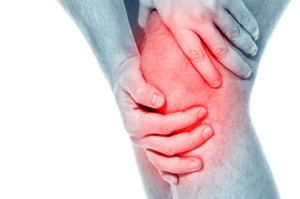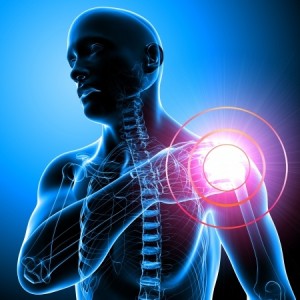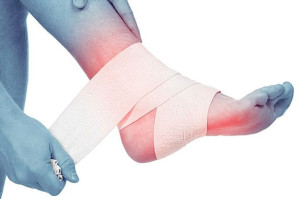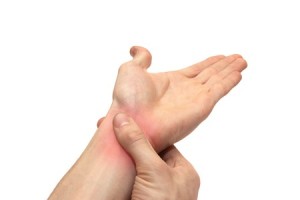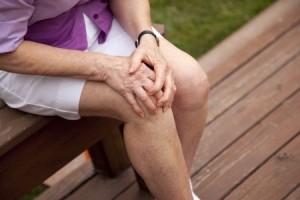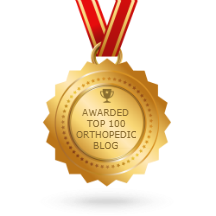Arthritis is joint inflammation. Joint inflammation can vary between mild and severe. Symptoms include stiffness, pain, and limited mobility which generally worsen as an individual ages. There are a number of types of arthritis, each with a different cause and different treatment approach. Understanding the types and arthritis treatment options can help you to have fully informed conversations with your medical team.
Types of Arthritis

Osteoarthritis
Osteoarthritis is the most common form of the disease. The ailment occurs as a result of wearing of the joints. The wear can be the result of normal activities over the course of a person’s lifespan, or can occur due to an injury. In each of your joint’s cartilage provides a cover for the bone. As this protective coating wears, the bones begin to rub against one another, which causes the symptoms commonly associated with the disease.
Rheumatoid Arthritis
Rheumatoid arthritis is the result of an autoimmune disorder. The body’s immune system begins to fight itself, specifically attacking the joint capsule. This tough membrane in turn becomes inflamed, and swelling ultimately harms both the cartilage within the joint and the bones.
As a part of the diagnostic process, your doctor will determine the type and cause of your arthritis symptoms. Understanding the nature of your condition is the only way to determine which arthritis treatment is best suited to meet your needs.
Symptoms of Arthritis
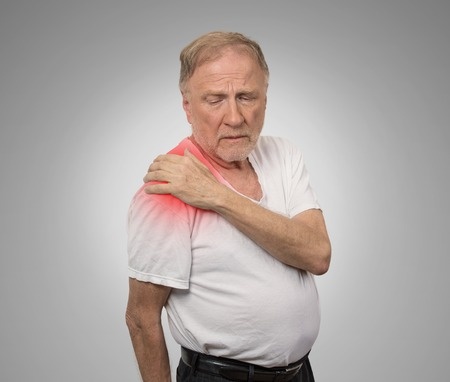
The first indication of an issue with arthritis is often pain within the joints. This pain can vary greatly between individuals, based on the type of arthritis. Additionally, there are other symptoms accompanying the pain of arthritis, including:
- Stiffness or difficulty moving the joints
- Swelling of the joints
- Redness around the affected area
- A decreased range of motion or limited mobility
If untreated, the symptoms of arthritis can continue to worsen. Arthritis can substantially impact a person’s quality of life and make simple tasks difficult. Therefore, it is important to seek arthritis treatment as soon as possible after symptoms arise.
Diagnosing Arthritis
A feeling of pain in the joints is what generally brings individuals with arthritis in to see their doctor. In order to diagnose arthritis, patients are given a physical exam. This exam will look for the external symptoms of arthritis including pain, swelling, and redness. The doctor may ask to see you walk or move as a way to determine your flexibility, mobility, and range of option.
In addition to the physical exam, blood work and imaging is done to confirm an arthritis diagnosis. Ultrasound, MRI, CT, and X-rays are used o take a closer look at the bones and cartilage. Beyond imaging, blood work provides a wealth of information about the disease, including the type of arthritis. An accurate diagnosis is crucial for effective arthritis treatment.
Arthritis Treatment
The goal of arthritis treatment is to reduce symptoms and improve one’s mobility. Arthritis treatment should be based on the specific medical needs of each individual patient. Often, effective treatment includes multiple options allowing patients to feel pain relief and regain their quality of life.
Arthritis treatment options include the following:
Medication
There are a number of medications available helping to relieve the symptoms of arthritis:
- Analgesics – These medications are available over the counter – or – per prescription, depending on the patient’s needs. These medications decrease the amount of pain a person experiences. However, analgesics do nothing to address the inflammation within the joints.
- NSAIDs – Otherwise known as non-steriodal anti-inflammatory drugs, these are also available over the counter or by prescription. NSAIDs serve two purposes. NSAIDs reduce the amount of pain a person feels as well as inflammation.
- Counterirritants – These medications work by aggravating another area near the joint to disrupt the body’s communication of pain. For example, a counterirritant cream can have a burning sensation. This interferes with the signal of pain from the joint to the brain, reducing the amount of pain that is felt.
- DMARDs – Disease Modifying Anti-Rheumatic Drugs are specifically used in the treatment of rheumatoid arthritis. DMARDs work by preventing a person’s immune system from attacking the joints.
- Corticosteriods – Corticosteroids both suppress the immune system and decrease the amount of inflammation in the body. The medications may be taken orally or injected into the inflamed joint to provide targeted relief.

Physical Therapy
Physical therapy may be used as an arthritis treatment for a number of causes. The goal of physical therapy is to strengthen the affected area, reduce pain, and return one’s mobility. Special exercises targeting specific joints are used. Additionally, medical devices – such as braces – can be prescribed as a supplement to physical therapy.
Surgery
Surgery is the most invasive type of arthritis treatment. This method is generally used only after all non-invasive arthritis treatment options have failed. Surgical arthritis treatment options include:
- Repairing the Joint – Some joints may be adjusted surgically in order to address the symptoms of arthritis. Surgical repairs can include placing the joint back in alignment, or resurfacing the joints to address bones that are rubbing against one another.
- Joint Replacement – When surgical repair is not an option, joint replacement may provide relief. In joint replacement, the injured joint is removed surgically. Then, an artificial replacement joint is surgically implanted in the patient. This procedure is commonly done to address issues in the hips and knees.
- Joint Fusion – Joint fusion is generally used as an arthritis treatment for small bones such as those in the wrists and fingers. In this procedure, both of the intersecting joints are filed down. Then, the bones are attached. The goal of joint fusion is to fuse the two bones together so that there is no need for a joint.
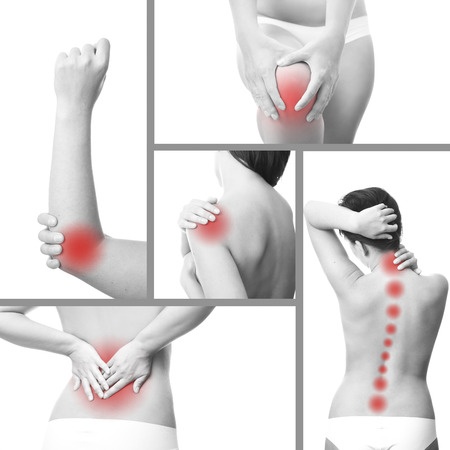
Holistic Treatment
Arthritis treatment is not limited to Western medicine. Ancient medicine has been used for centuries as a way to help alleviate arthritic pain. Holistic treatment options addressing the symptoms of arthritic pain include:
- Acupuncture – This ancient Chinese medical practice uses small, thin needles to redirect energy within the targeted pain area and ultimately reduce pain.
- Glucosamine – Glucosamine is a natural supplement proven to decrease the pain commonly associated as arthritis.
- Yoga – Yoga is another ancient method of controlling the energy within a person’s body. Additionally, the stretching motions performed during yoga can directly improve one’s flexibility and range of motion.
- Massage – Massage helps to increase blood flow necessary for inflamed joints to receive the oxygen they need. Individuals who are considering massage as an arthritis treatment should make sure that their masseuse is qualified to provide arthritis treatment.
Best Available Arthritis Treatment Provider
To discover which arthritis treatment is the best to alleviate your joint pain, schedule a consultation with Dr. Howard Marans at OCOrthopedic+. The Doctor will craft an individualized treatment plan uniquely tailored to address your arthritic pain needs. Please click the icon below to schedule your consultation at OC Orthopedic+ or call 714.979.8981.
